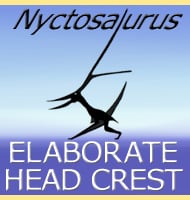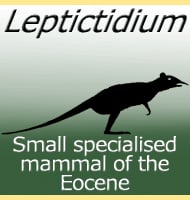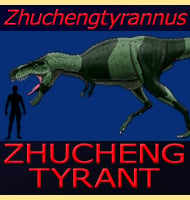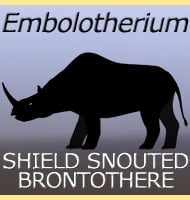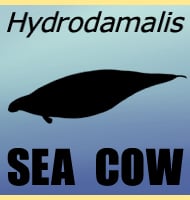In Depth
Ekorus seems to have been one of the last of the giant mustelids to evolve. Appearing in Kenya around six million years ago, Ekorus has been loosely termed to be a leopard sized predator that was suited to ambush hunting in the forests of late Miocene Kenya. However the creation and expansion of the Great Rift Valley seems to have triggered a shift from the moist forests to drier more open grass plains. This subsequent shift in ecosystem favoured predators that were suited for running in open spaces over ambush hunters like Ekorus.
In terms of predatory niche Ekorus is considered to be analogous to earlier Meglictis from North America. Additionally, Ekorus may have occasionally come across the giant civet Viverra leakeyi.
Further Reading
– Mio-Pliocene Carnivora from Lothagam, Kenya, by L. Werdelin. In Lothagam: Dawn of Humanity in Eastern Africa, Columbia University Press – M. G. Leakey & J. D. Harris – 2003.

